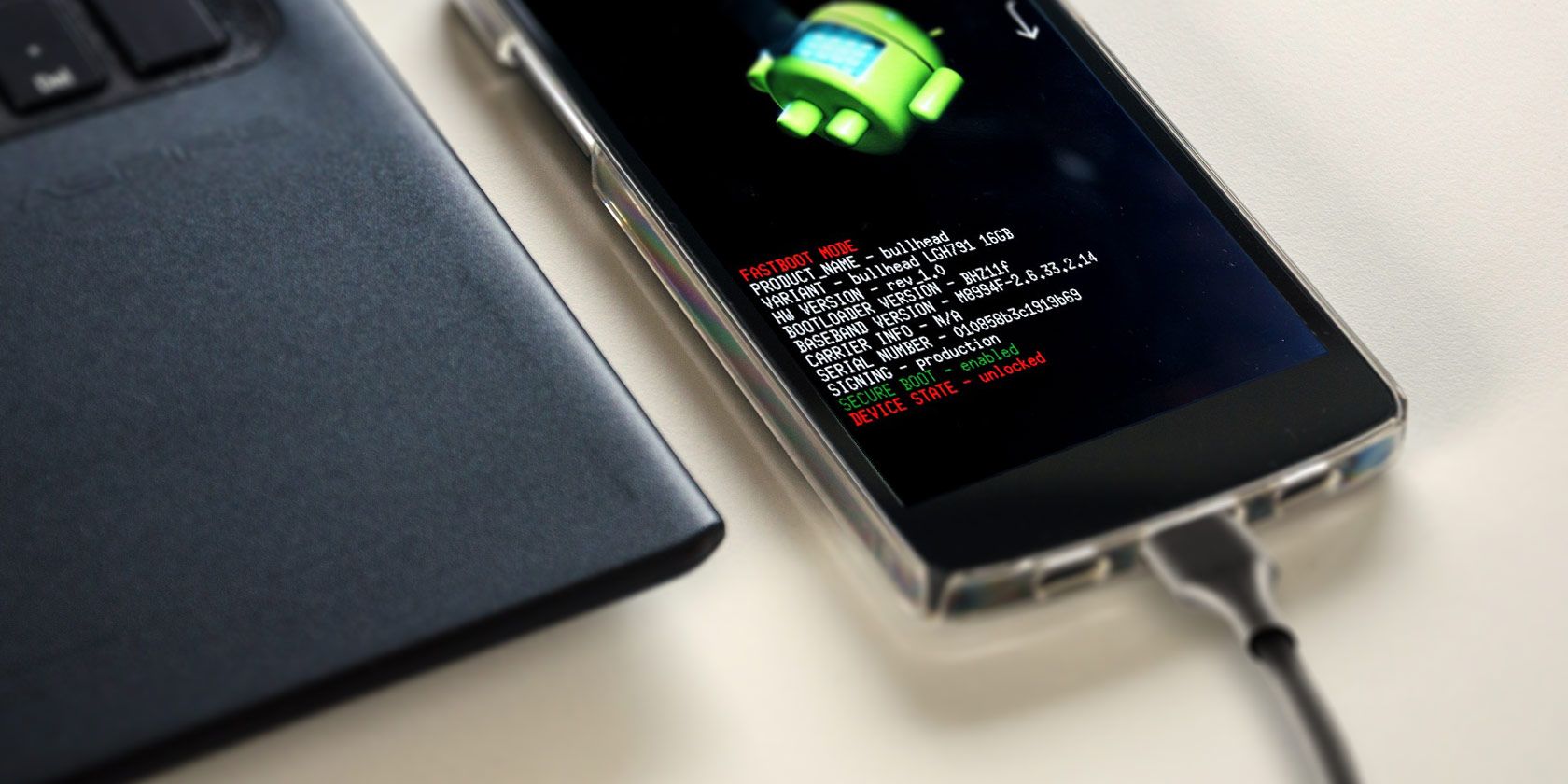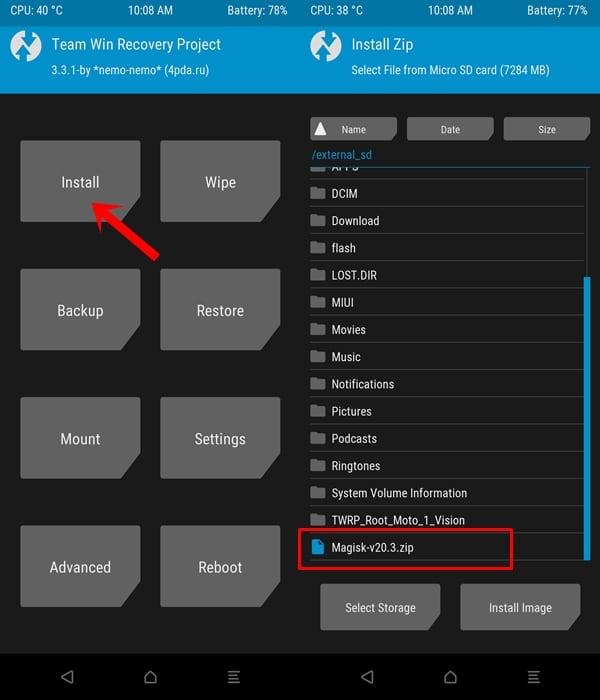
Android mac address adb android#
In case you want to hide an installed app on your Android device, you can execute this command line followed by the app package name.

Using this command, you can delete all data associated with an app.Īdb shell pm clear –user 0 adb shell pm hide –user 0 If you want to disable a system app on your Android device, you can execute the above command followed by the app package name pm disable-user -user 0 .core adb shell pm clear –user 0 cmd package install-existing adb shell pm disable- user - user 0 Using the above command, you can re-install an uninstalled system app. Please note that most system apps don’t have the ‘ Uninstall‘ option on the device but this command works magically. This command can help you if you want to remove all bloatware from your Android phone. If you don’t know the app package name for the apps you want to remove, you can use adb shell pm list packages to find it. If you want the app data to be cleared as well, use the following pm uninstall - user 0 k: Keep the app data and cache after package removal. You can then use pm uninstall -k -user 0 or pm uninstall -user 0 followed by the Android app package name as shown below. To be able to execute it, you must issue ‘ adb shell‘ command first. Using this, you can easily uninstall the unwanted system apps.

This is really a very useful ADB Shell command. This command activates the remote shell command console on the connected Android smartphone or tablet. In this ADB shell commands cheat sheet, I’ll try to explain the function of all commands in simple language.
Android mac address adb how to#
Warning: Don’t use the commands mentioned on this page unless you know how to use them and have some prior knowledge or experience. Now you can use Web ADB in a web browser window to run ADB commands on an Android device or computer without installing ADB and Fastboot tools and USB drivers.įinally, without any further ado, let’s proceed with our list of ADB Shell commands. Please note that there are three prerequisites before you can make use of ADB, Fastboot, and ADB shell commands. They can be used to change the resolution of your device display, uninstall bloatware or system apps, enable and disable features, modify the system files, and change their configuration directly using commands from your computer.Īctually, there are more tasks you can perform using these commands, and below we’ll check them all with examples. ADB Shell commands, however, work on a much deeper level.
Android mac address adb update#
Using ADB commands, you can reboot your device, push and pull files, create a backup and restore it, sideload an update zip package, or an APK. Thus ADB shell commands let you control your Android device. As soon as you execute an ‘adb shell’ command on the command terminal, it sends a signal to your Android device and triggers the remote shell command console.

which manages communication between the client and the daemon.ĪDB Shell commands provide access to a Unix Shell that runs a command directly on your Android device.



 0 kommentar(er)
0 kommentar(er)
